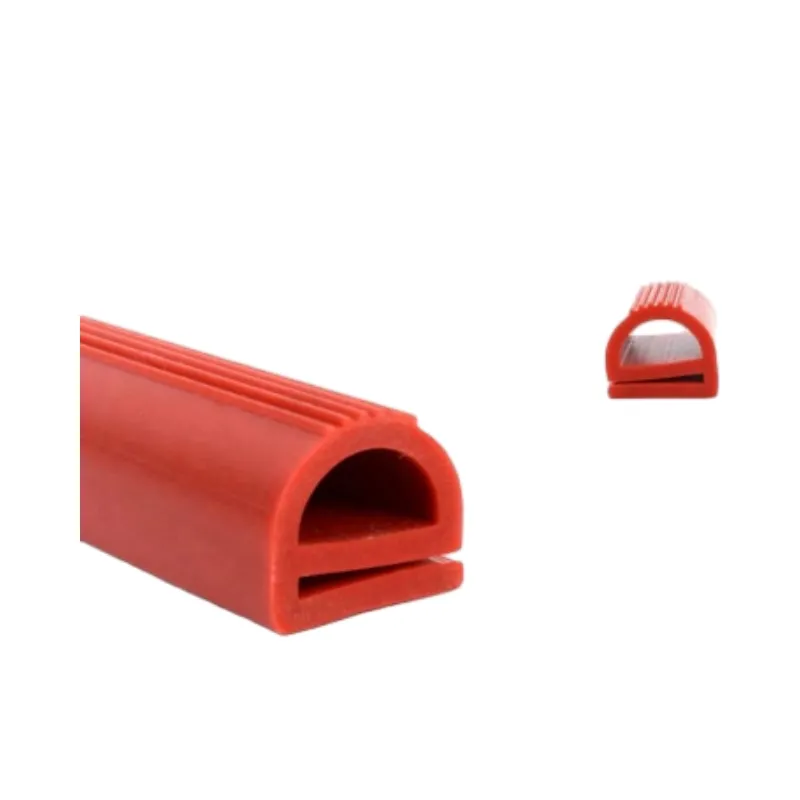Effective Water Management with Rainscreen Drainage Mat Systems for Building Protection
Understanding Rainscreen Drainage Mats An Essential Component for Building Envelope Design
In the realm of building design, especially in areas prone to moisture and varying weather conditions, the concept of a rainscreen drainage mat has gained significant attention. A rainscreen system serves as a barrier that protects the structural integrity of a building while allowing for effective moisture management. This article delves into the significance, functionality, and installation of rainscreen drainage mats.
What is a Rainscreen Drainage Mat?
A rainscreen drainage mat is a specialized component designed to provide a drainage layer between the outer cladding of a building and its moisture-sensitive materials. Typically made from materials such as polyethylene or polypropylene, these mats are engineered to facilitate the movement of water, allowing any moisture that penetrates the cladding to drain away effectively. This creates a ventilated cavity that helps protect the underlying walls from water damage, mold growth, and deterioration.
Importance in Building Design
One of the primary benefits of a rainscreen drainage mat is its ability to enhance the durability and longevity of building materials. By providing a drainage plane, these mats prevent water accumulation that can lead to issues such as rot and structural damage. This is particularly crucial in climates where heavy rainfall or humidity is common. Furthermore, the breathable nature of the rainscreen system allows for air circulation, which aids in drying out any trapped moisture.
Another advantage is energy efficiency. A well-designed rainscreen contributes to the thermal performance of a building. By maintaining a dry and insulated outer layer, it reduces the risk of thermal bridging, ensuring that the building remains energy-efficient and comfortable for occupants.
Key Features of Rainscreen Drainage Mats
rainscreen drainage mat

Rainscreen drainage mats come with several essential features that make them effective. First, their drainage capabilities are enhanced by the mat's perforated structure, allowing water to flow freely while preventing particles from clogging the drainage path. Additionally, the mats are designed to be lightweight yet robust, making installation straightforward without adding unnecessary weight to the building’s structure.
The mats also play a role in noise reduction and thermal insulation. By creating a layer of air between the cladding and the building envelope, they help mitigate sound transmission and improve overall thermal performance.
Installation Process
Installing a rainscreen drainage mat involves a few key steps. First, the foundation of the wall must be adequately prepared, ensuring that all surfaces are clean and dry. The drainage mat is then rolled out over the wall, typically starting at the bottom and working upwards. It is crucial to overlap the edges of the mat to ensure complete coverage and to secure it with appropriate fasteners or adhesives.
Once the mat is installed, the outer cladding can be attached. It’s important to maintain a gap between the cladding and the drainage mat to facilitate airflow and drainage. The entire system should be meticulously checked for any potential blockages that could impede water flow.
Conclusion
In summary, rainscreen drainage mats play a vital role in modern building design by enhancing moisture management, protecting structural integrity, and contributing to energy efficiency. As architects and builders increasingly prioritize sustainability and durability, the adoption of rainscreen systems, including drainage mats, will likely continue to grow. Understanding the importance of these components allows for better design choices, ultimately leading to safer, more resilient buildings that can withstand the test of time and the elements. Whether you are designing a new structure or retrofitting an existing one, investing in a quality rainscreen drainage mat is an intelligent choice for any building project.
-
Under Door Draught Stopper: Essential ProtectionNewsJul.31,2025
-
Garage Door Seal and Weatherstrips for ProtectionNewsJul.31,2025
-
Edge Banding Tape for Perfect EdgesNewsJul.31,2025
-
Table Corner Guards and Wall Corner ProtectorsNewsJul.31,2025
-
Stair Nose Edging Trim and Tile Stair SolutionsNewsJul.31,2025
-
Truck Bed Rubber Mats for Pickup BedsNewsJul.31,2025
-
Window Weather Stripping for Noise ReductionNewsJul.29,2025